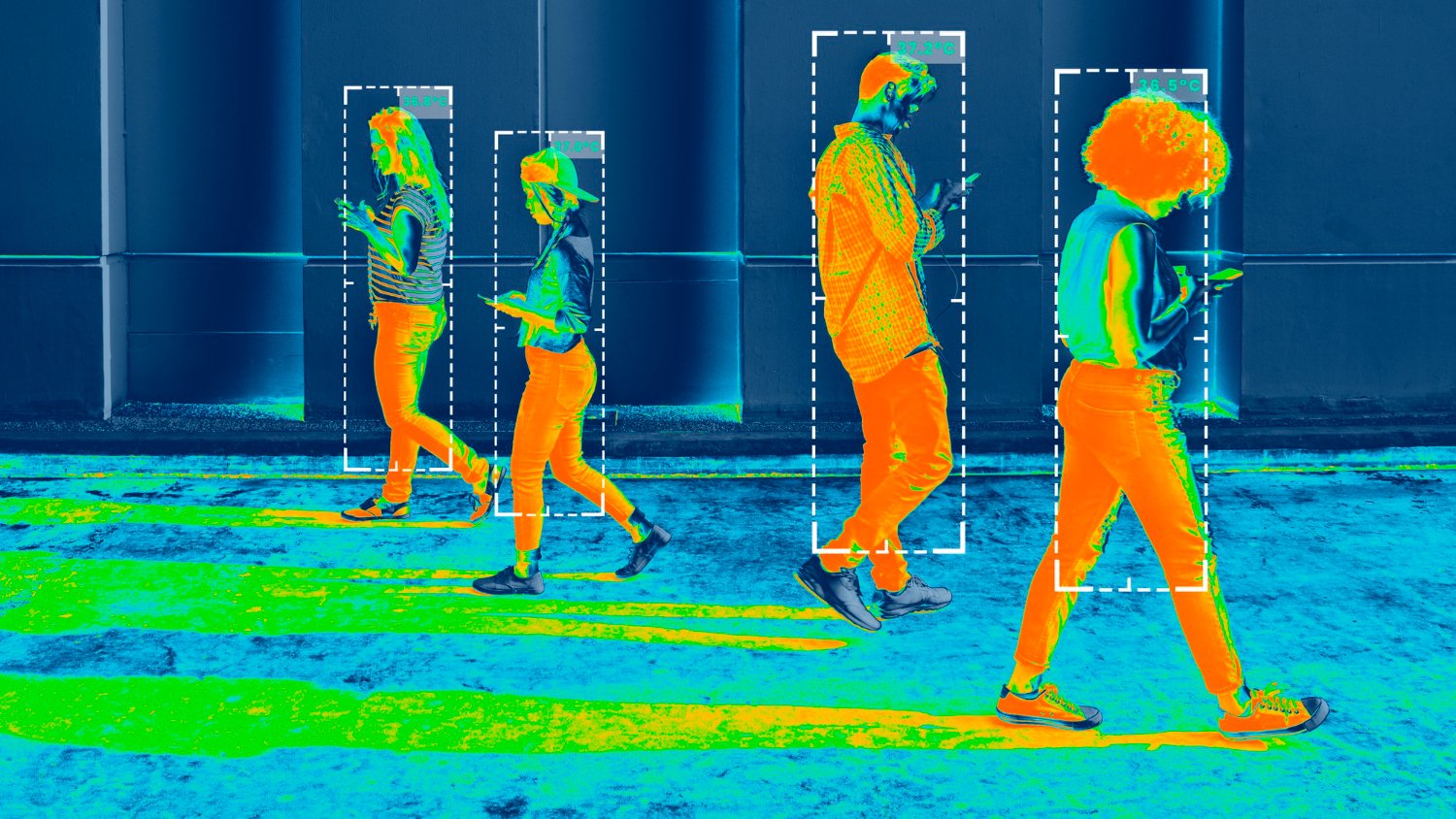Table of Contents
Thermal screening is a non-invasive, radiation-free process that detects documents. It generates meticulous analyses and photographs of skin surface temperature patterns (body heat) to reflect the average human physiology.
(Learn more about thermal screening at www.a1securitysystems.ca/home-security)
Even in low-light situations, thermal screening is a technique that uses infrared radiation and thermal energy to gather data about things and create images of them.
How Does Thermal Screening Work?
The science of infrared energy also referred to as “heat,” is the foundation for thermal screening. All objects emit infrared energy. The amount of radiation released tends to be related to the overall heat of the object, and it is also known as the “heat signature” of an object.
Thermal imagers, often known as thermal cameras, are sophisticated tools with sensitive heat sensors that can detect even the smallest temperature variations. They can map out an image based on the variations of the temperature values as they collect infrared radiation from objects in a certain environment.
Thermal images typically come in grayscale, with white denoting heat, black denoting cooler regions, and shades of grey denoting temperature gradients between the two. To help users more clearly identify distinct objects, newer models of thermal imaging cameras add color to the images they produce. These colors include orange, blue, red, purple, and yellow.
Origin of Thermal Screening
The history of thermal imaging is unspecified. There are many stories of thermal imaging from the 1800s under various titles, but no acknowledged inventor. The technology that brought about the modern thermal imaging cameras was initially created for the military.
Kalman Tihanyi, a Hungarian physicist, created the infrared-sensitive (night vision) electronic television camera in 1929 for use in British anti-aircraft defense. Infrared line scanners were the first thermographic cameras created in the United States. Thermal imaging was initially developed for military use during the Korean War.
Application Of Thermal Screening
There are many applications of thermal imaging cameras in other industries. However, due to the Coronavirus (COVID-19), temperature measurement screening and scanning are currently the ones that most people and organizations are interested in to detect fevers and temperature abnormalities.
These thermal imaging cameras can quickly and accurately check all incoming or outgoing customers for higher temperatures, which is crucial during outbreaks of diseases like Coronavirus (COVID-19), SARS, and Ebola. This has proven to be especially important in airports and other large-population establishments.
Furthermore, it has been demonstrated that thermal imagers can aid in diagnosing various conditions affecting the neck, back, and limbs, as well as issues with circulatory systems.
Electrical maintenance, firefighters, mechanical and building construction technicians, transport navigation, science, research institutes, animal and pest managers, police, and plumbing are just a few other industries that use thermal scanning and screening.
Utilizing a high-quality product guarantees that you detect and capture precise readings. However, the sharpness and clarity of the images that various thermal screening types produce differ significantly.
Additional note: Thermal scanning and screening are effective and practical ways to detect, measure, and visualize heat patterns, particularly in areas with little to no visible light.
An efficient and efficient thermal screening camera can be used for a wide range of purposes, including scientific, medical, and industrial ones.

